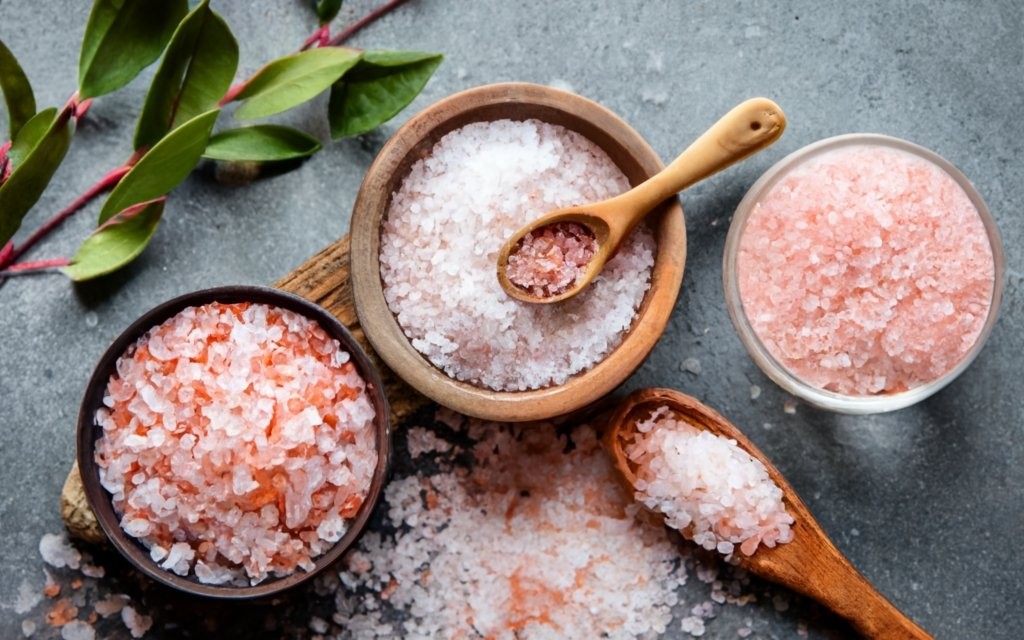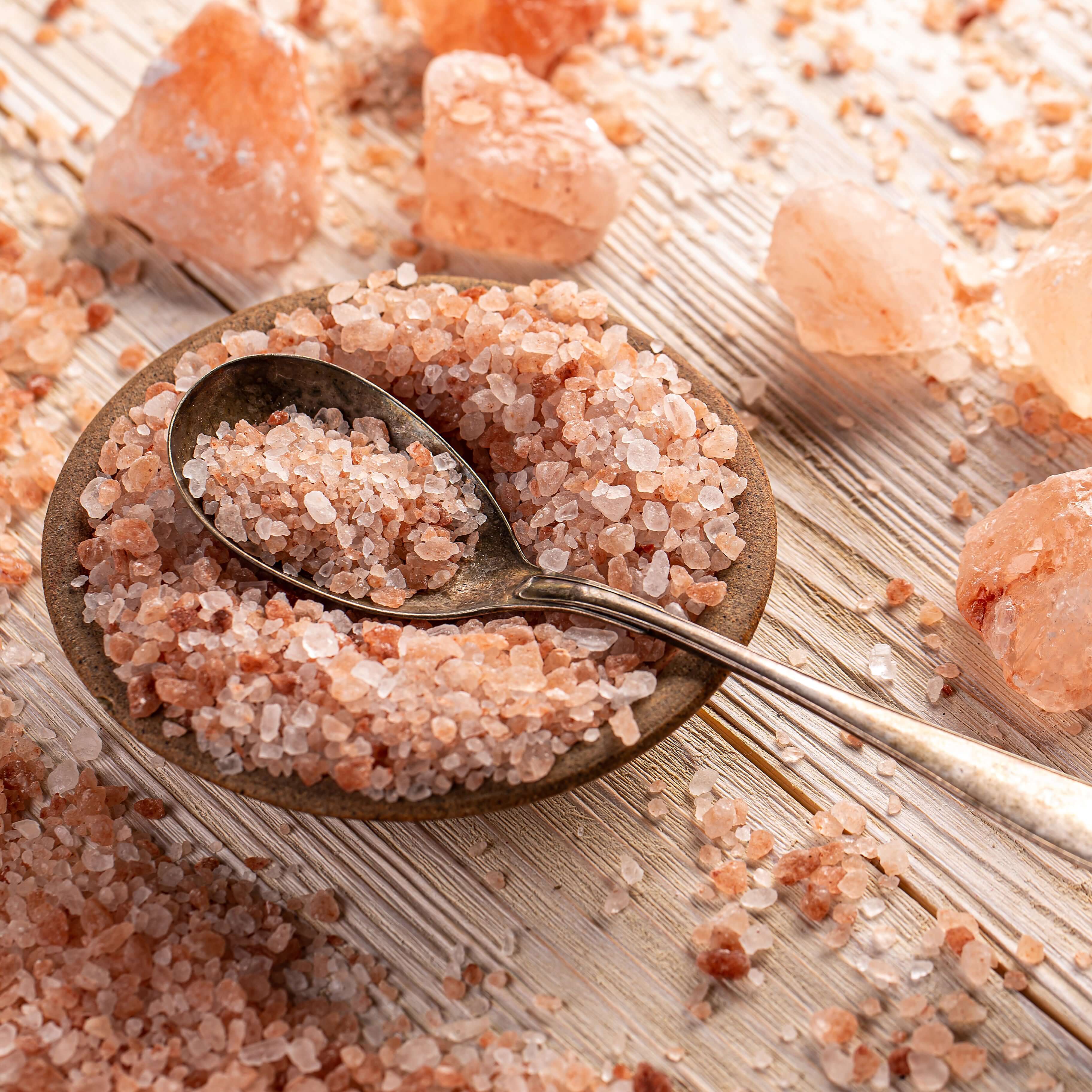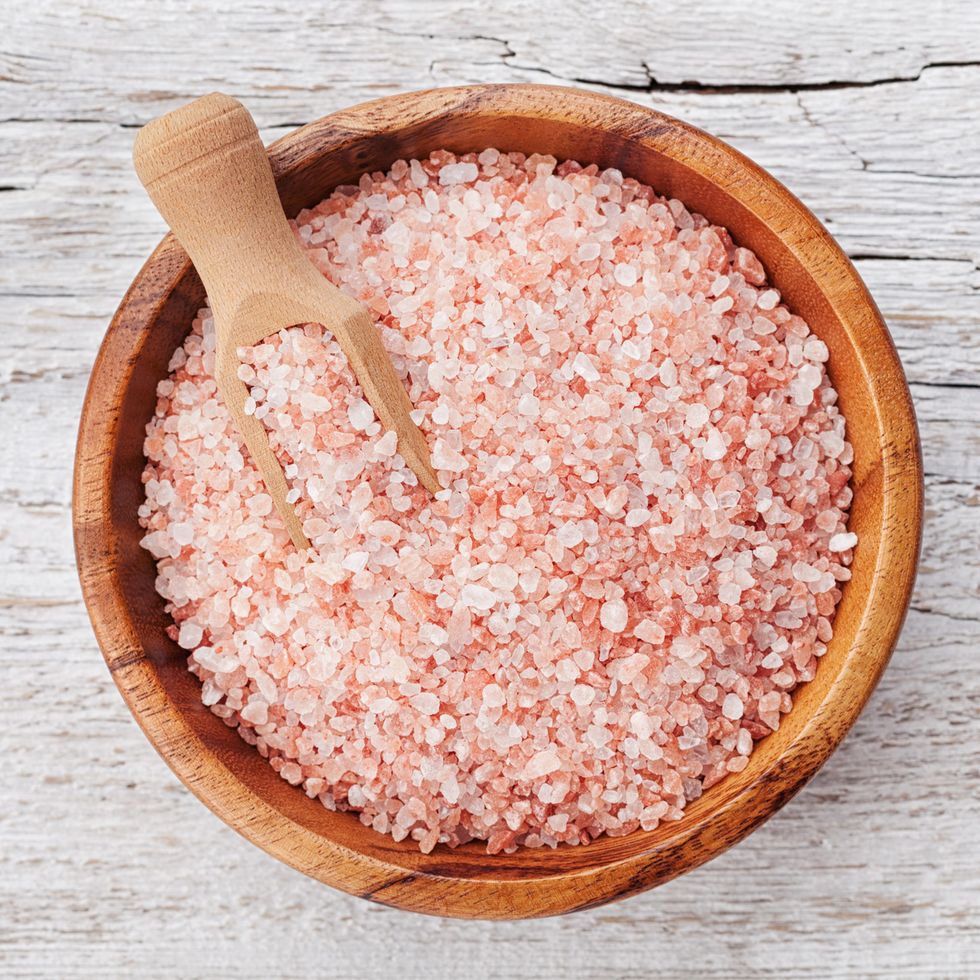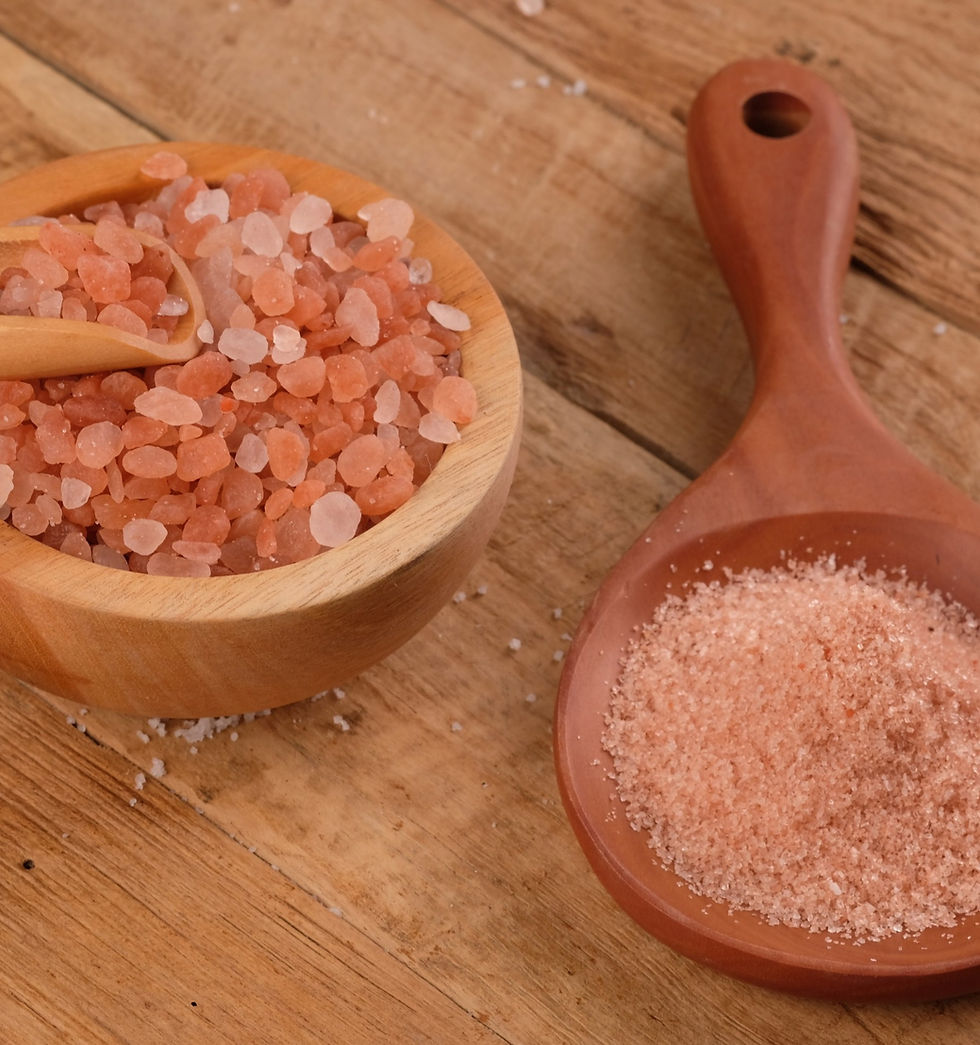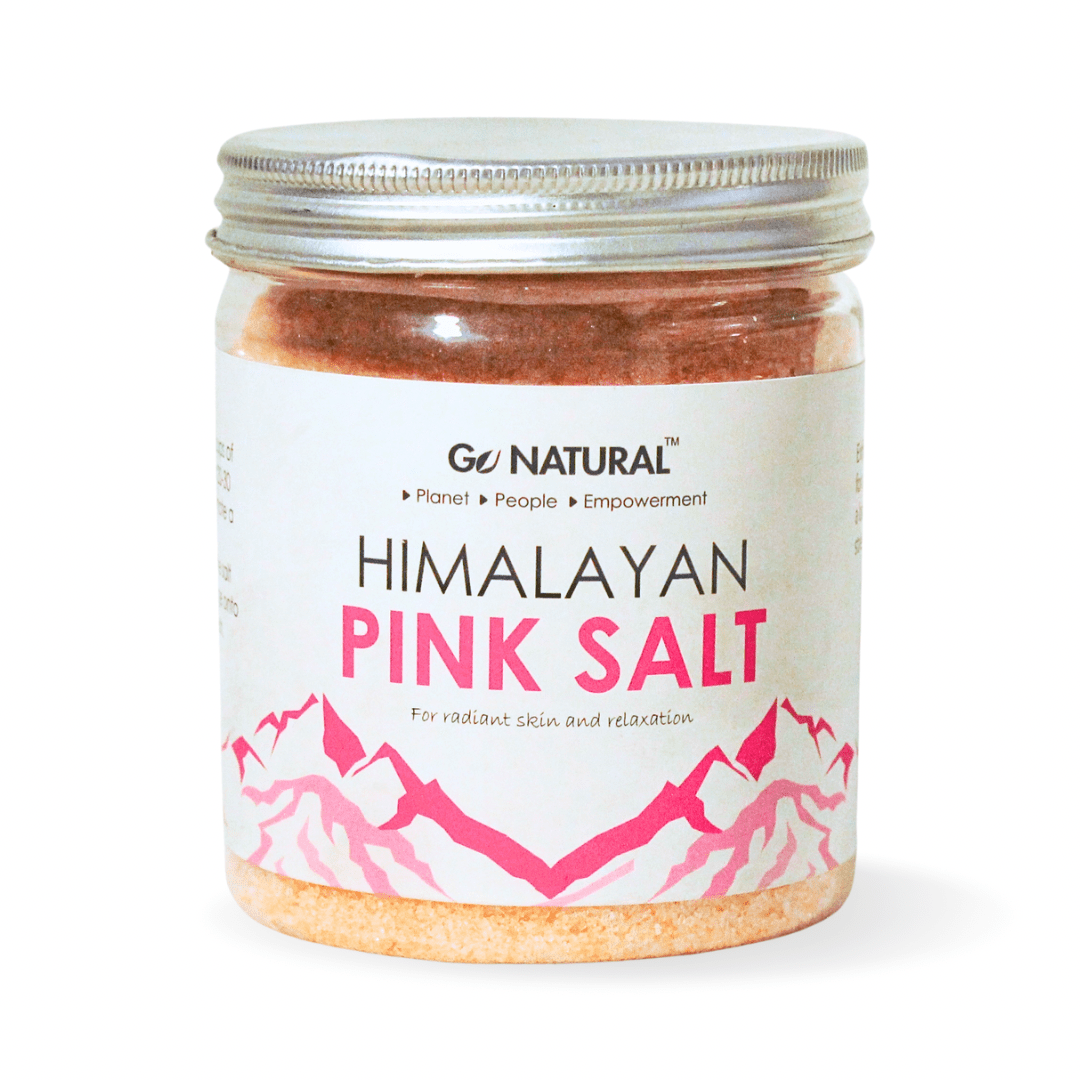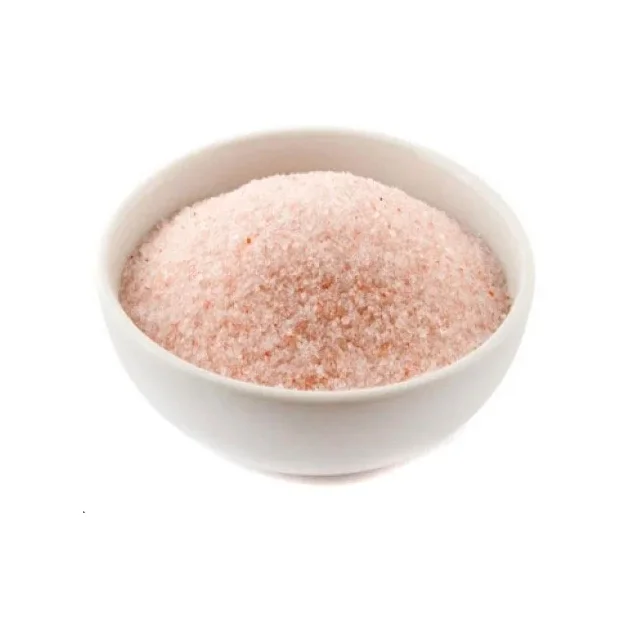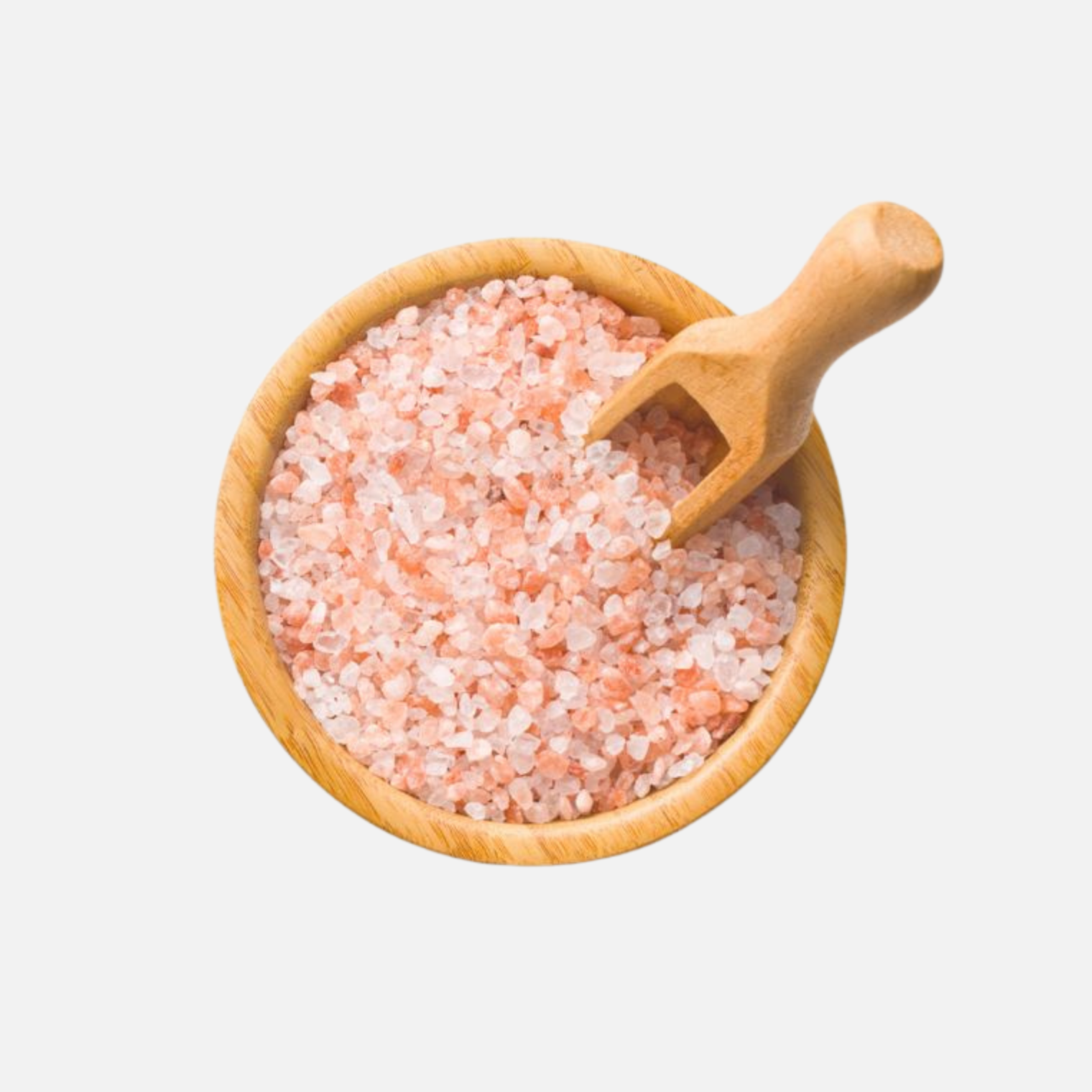Will Pink Himalayan Salt Melt Ice
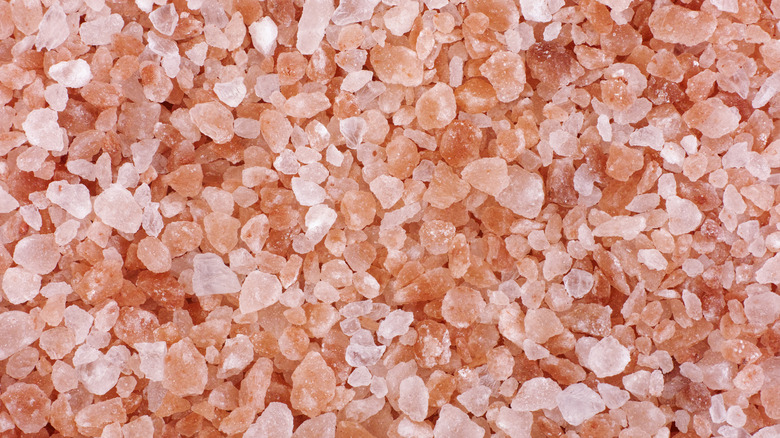
As winter's icy grip tightens across the nation, homeowners and municipalities alike are seeking effective and environmentally conscious methods to combat hazardous conditions. A recent surge in popularity surrounds the use of Pink Himalayan Salt as a de-icing agent, fueled by claims of its superior melting capabilities and eco-friendliness. But does this aesthetically pleasing alternative truly hold up against traditional rock salt?
This article investigates the efficacy of Pink Himalayan Salt as a de-icer, examining its chemical composition, melting point, environmental impact, and cost-effectiveness. We will consult scientific data and expert opinions to provide a comprehensive analysis of its potential benefits and drawbacks, helping readers make informed decisions this winter.
The Science Behind De-Icing
Traditional rock salt, or sodium chloride (NaCl), works by lowering the freezing point of water. When salt dissolves in water, it disrupts the hydrogen bonding between water molecules, requiring a lower temperature for the water to freeze.
This principle applies to all salts, including Pink Himalayan Salt. However, the key difference lies in the chemical composition and concentration of salt needed to achieve the desired melting effect.
Composition Comparison
Pink Himalayan Salt is primarily composed of sodium chloride, similar to rock salt. However, it also contains trace minerals such as potassium, magnesium, and calcium, which contribute to its distinctive color.
While these minerals may offer health benefits when consumed, their impact on de-icing performance is minimal. The de-icing effectiveness largely depends on the concentration of sodium chloride.
Melting Point and Effectiveness
Studies conducted by organizations such as the Federal Highway Administration (FHWA) have consistently demonstrated that the effectiveness of a de-icer is directly related to its sodium chloride concentration.
Because Pink Himalayan Salt is not pure sodium chloride and may contain varying levels of impurities, it may not melt ice as quickly or effectively as traditional rock salt. The presence of other minerals dilutes the concentration of NaCl, potentially reducing its melting power.
Environmental Impact
While Pink Himalayan Salt is often marketed as an environmentally friendly alternative, the reality is more nuanced. All de-icing salts, including sodium chloride, can have negative environmental consequences.
Salt runoff can contaminate soil and water sources, harming vegetation and aquatic life. High concentrations of chloride can disrupt the delicate balance of ecosystems.
Whether using rock salt or Pink Himalayan Salt, responsible application is crucial to minimize environmental damage. Using only the necessary amount and avoiding over-salting are essential practices.
A Human-Interest Perspective
Sarah Miller, a homeowner in upstate New York, shared her experience with using Pink Himalayan Salt. "I was drawn to it because I thought it would be better for my pets and the environment," she explained.
"However, I noticed that it didn't seem to melt the ice as well as the regular salt I used to use. I ended up using more, which probably negated any environmental benefits I was hoping for."
Cost Considerations
Pink Himalayan Salt is generally more expensive than traditional rock salt. This cost difference can be significant, especially for those needing to de-ice large areas.
Given its potentially lower effectiveness and higher price, Pink Himalayan Salt may not be a cost-effective solution for many. Weighing the cost against the perceived benefits is essential.
Expert Opinions
Dr. Emily Carter, an environmental scientist at the Environmental Protection Agency (EPA), emphasizes the importance of responsible salt usage regardless of the type of salt used.
"While some de-icers may be marketed as 'eco-friendly,' the key is to use the minimum amount necessary to achieve the desired effect. Proper application techniques and alternative methods, such as snow shoveling, can significantly reduce the need for salt," Dr. Carter stated.
David Lee, a civil engineer specializing in winter road maintenance, adds that municipalities often use a combination of methods, including salt brine and sand, to optimize de-icing efforts while minimizing environmental impact.
Conclusion
While Pink Himalayan Salt may offer aesthetic appeal, its de-icing effectiveness is likely comparable to, or even less than, traditional rock salt due to its lower sodium chloride concentration. Its higher cost and potential environmental impacts necessitate careful consideration.
Ultimately, the best approach to winter safety involves a combination of responsible de-icing practices, preventative measures, and awareness of alternative methods. Whether using rock salt, Pink Himalayan Salt, or other de-icing agents, minimizing the amount used and practicing careful application are crucial for protecting the environment and ensuring public safety.
